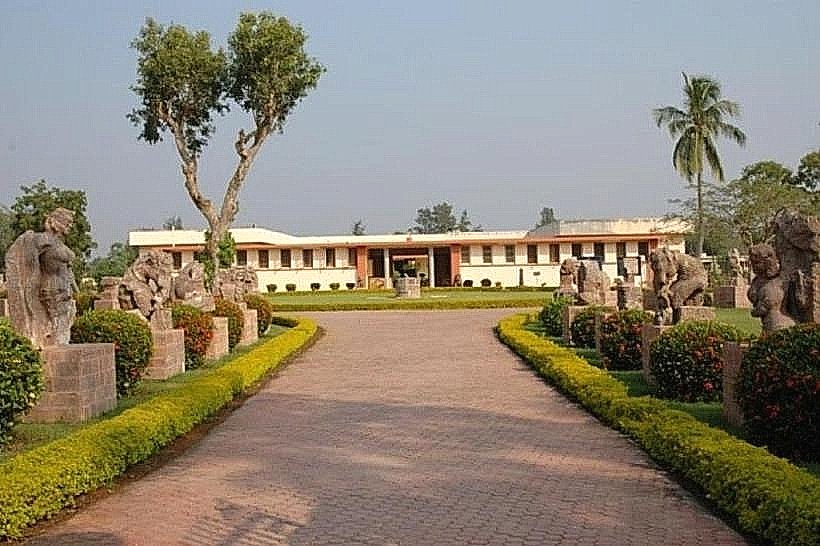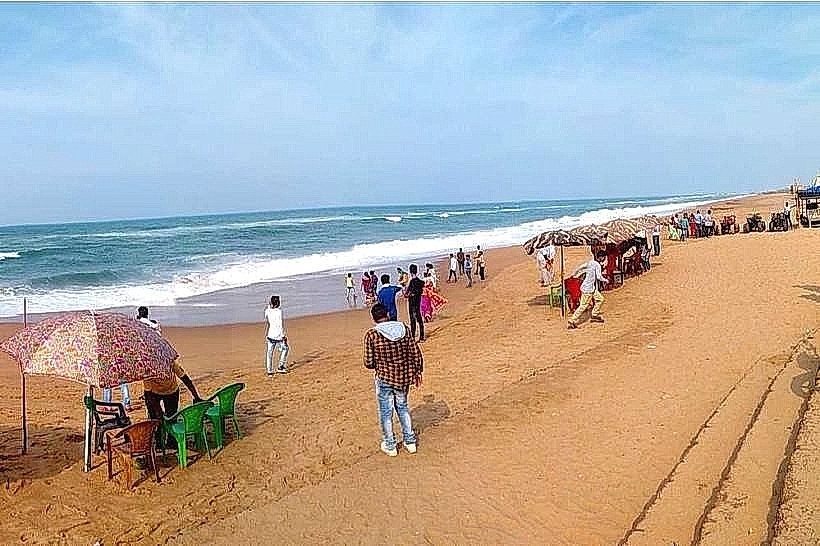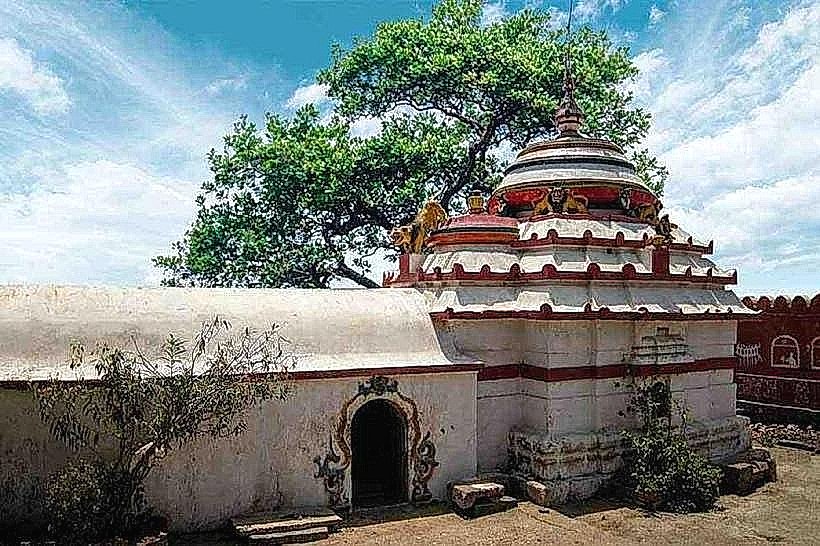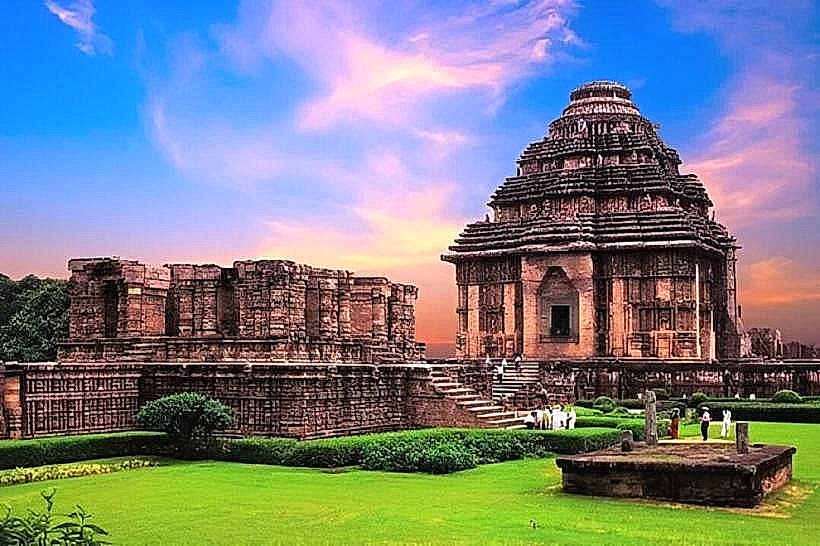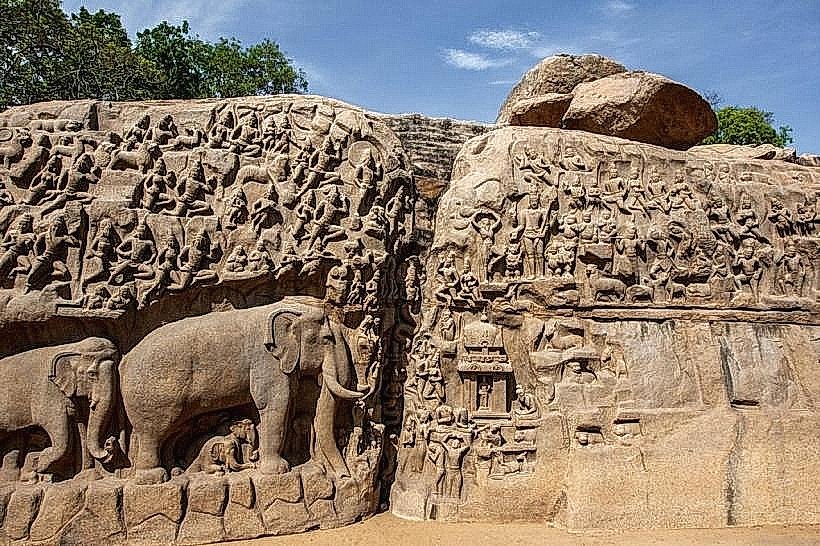Information
Landmark: Sun Temple (Konark Sun Temple)City: Konark
Country: India
Continent: Asia
Sun Temple (Konark Sun Temple), Konark, India, Asia
Overview
The Konark Sun Temple, rising from the sands near the town of Konark in Odisha, stands as one of India’s most striking monuments, built in the 13th century CE under King Narasimhadeva I of the Eastern Ganga dynasty, subsequently dedicated to Surya, the Sun God, the temple rises in massive stone, its walls alive with carvings that trace the Sun’s chariot wheels gleaming across the dawn sky.The temple’s layout unfolds like a colossal chariot of Surya, its twelve pairs of intricately carved stone wheels and seven powerful horses capturing the Sun’s daily ride across the glowing sky, furthermore each wheel-almost twelve feet across-works as a sundial and a sculpted marvel, its smooth stone face revealing a deep mastery of both astronomy and engineering.The temple faces east, and when the sun climbs over the horizon, its first pale rays spill across the entrance and into the sanctum, simultaneously at first, the temple was made up of three key parts-the Rekha Deula, or sanctum; the Jagamohana, an airy assembly hall; and the Natamandira, the lively festival hall where lamps once flickered against stone.Today, only the Rekha Deula still stands mostly whole, its weathered stone catching the light and hinting at the grandeur and clever design that once shaped the entire temple, moreover the Konark Sun Temple dazzles with intricate stone carvings that blanket almost every inch of its walls, each curve catching the sun like a spark on weathered granite.The sculptures feature deities and other divine figures, especially Surya shown in several graceful poses-one with sunlight glinting off his raised hand, along with sculptures of human intimacy, reminiscent of Khajuraho yet more fluid and lifelike, bodies curve and flow as if caught mid‑breath.Moments from everyday life-musicians tuning their instruments, dancers spinning through dust, hunters stalking in the brush, and animals moving nearby, in turn intricate floral and geometric motifs twist across the stone, carved deep into walls, pillars, and even the wheels.Each carving shows remarkable care-the chiseling still sharp after centuries of rain and the touch of countless hands, in conjunction with inside the main sanctum once stood a massive idol of Surya, probably carved from black granite, its surface dim as wet stone-but the statue’s gone now.Worshippers carried out their rituals in tune with the sun’s path, each act echoing the temple’s deep cosmic meaning as light spilled across the stones, also sunlight slips through the temple at every hour, falling across stone columns and shifting shadows that deepen the sense of peace and reverence, partially Visitors to the Konark Sun Temple can’t help staring up at its vast stone wheels, awed by both the sheer size and the delicate carvings that tell its stories, then as you wander through the site, the massive wheels catch your eye, the carved pillars rise like silent guards, and the panels-etched with scenes of gods and everyday lives-seem to whisper their aged stories.From the nearby gardens, you can glimpse the temple from every side, its stone walls shaped like the body of a grand chariot, consequently the Konark Archaeological Museum just down the road adds to the experience, displaying temple sculptures, ancient tools, and worn artifacts that still smell faintly of stone dust.The setting looks breathtaking at sunrise and again at dusk, when golden light slides over the carvings and the shadows stretch long across the stone, also the Konark Sun Temple, a UNESCO World Heritage Site, stands as the crowning achievement of Kalinga architecture, its stone wheels glowing amber in the afternoon light.It captures the blend of religion, art, and astronomy, revealing the Eastern Ganga dynasty’s devotion to Surya and their remarkable skill in shaping stone into light-filled temples, also for centuries, the temple has shaped Indian art and architecture, and today it still stands as a proud symbol of Odisha’s heritage, its stone walls glowing warm at sunset.The monument rises as both a destination of devotion and a sculpted masterpiece, giving visitors a deep sense of history’s grandeur, quiet spiritual meaning, and the refined touch of human artistry.
Author: Tourist Landmarks
Date: 2025-11-19

